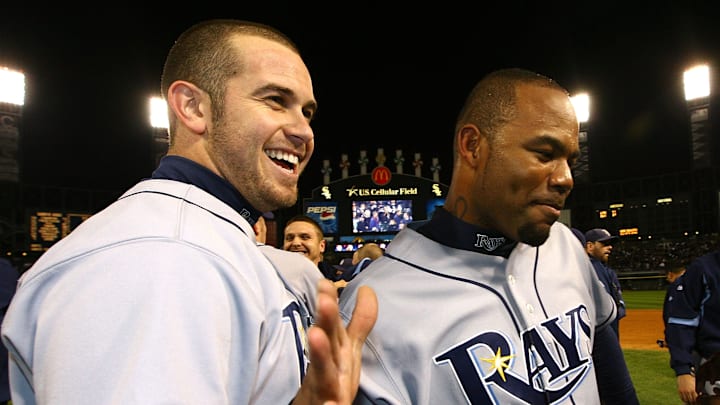Starting Pitcher: No. 4, Blake Snell

It's an arduous task to sift through Blake Snell's legacy with the Tampa Bay Rays: a Cy Young recipient, but heavily criticized for his lack of innings. That led to him cruising through a World Series game against the Dodgers and being taken out in one of the most excoriated managerial decisions in recent memory.
Yet Snell shouldn't be remembered for what he didn't do, but rather what he did accomplish in a Rays uniform. He is second in franchise history in ERA at a 3.24 mark, with the best ERA in franchise history, 1.89, in his 2018 Cy Young campaign. That season, in addition to his sensational ERA, Snell's K numbers were scintillating. Snell struck out 11 hitters for every nine innings pitched, finishing at 221 on the season in only 180.2 innings of work. While those in real-time were discussing the lack of depth in his output, it wasn't enough to sway voters, as Snell became only the second starting pitcher to ever win a Cy Young while pitching fewer than 200 total innings. For reference, Clayton Kershaw pitched 198.1 innings in his MVP season.
It was that 2018 season that Snell paced the franchise in single-season win total (21), WAR for pitchers (7.1), WPA (5.1, tied with Fernando Rodney's 2012 campaign) and ERA+ (217), posting an adjusted ERA better than the average pitcher by 117 total points.
Snell was dealt by the Rays ahead of the 2021 season amidst Kevin Cash's questionable playoff decision in the deal that brought Francisco Mejia and Luis Patino to the Rays, ending his tenure with the club just two years into the five-year pact he signed in 2019. But, he did more than enough to earn a major spot on this roster in his five seasons with the ballclub.
